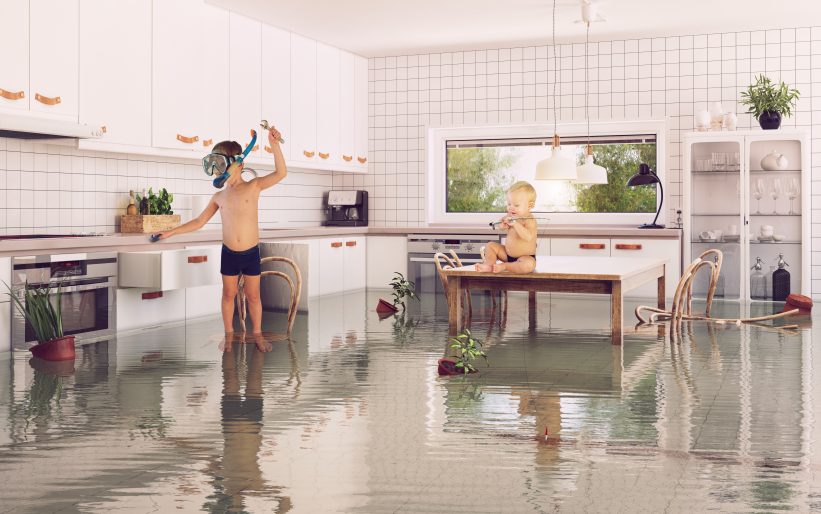Do's & Don'ts of Water Damages.
Do's & Don'ts of Water Damages.
Blog Article
What are your ideas on 5 Home Safety Tips To Reduce The Risk Of Fire And Water Damage?

Water gives life, water intrusion on parts where it's not expected to be can result in damage. Houses with water damage smell old and musty.
Water can originate from several sources such as tropical storms, floodings, burst pipes, leaks, and also sewage system concerns. In case you experience water damages, it would be good to know some safety and security preventative measures. Here are a few standards on just how to take care of water damage.
Do Prioritize Home Insurance Insurance Coverage
Water damages from flood dues to hefty winds is seasonal. Nonetheless, you can likewise experience an abrupt flooding when a defective pipe instantly ruptures into your residence. It would be best to have home insurance policy that covers both disasters such as natural tragedies, as well as emergency situations like damaged plumbing.
Don't Fail To Remember to Turn Off Energies
This reduces off power to your whole home, avoiding electric shocks when water comes in as it is a conductor. Don't fail to remember to turn off the main water line valve.
Do Keep Proactive as well as Heed Climate Notifies
Listen to discharge cautions if you live near a creek, river, or lake. Doing so decreases potential building damages.
Do Not Neglect the Roofing System
You can stay clear of rainfall damage if there are no holes and leaks in your roof covering. This will certainly prevent water from moving down your wall surfaces as well as soaking your ceiling.
Do Take Notice Of Small Leaks
A burst pipe does not happen overnight. Normally, there are red flags that show you have actually damaged pipes in your house. As an example, you might observe bubbling paint, peeling off wallpaper, water touches, water spots, or dripping audios behind the walls. Ultimately, this pipeline will rupture. Preferably, you need to not wait for things to rise. Have your plumbing fixed before it leads to huge damages.
Don't Panic in Case of a Burst Pipeline
Keeping your presence of mind is crucial in a time of situation. Due to the fact that it will certainly stifle you from acting fast, panicking will only worsen the trouble. When it pertains to water damage, timing is key. The longer you wait, the even more damages you can expect. Hence, if a pipeline bursts in your home, immediately shut off your major water valve to cut off the resource. After that unplug all electrical outlets in the area or shut off the circuit breaker for that part of your home. Call a reputable water damages reconstruction expert for support.
Water gives life, water intrusion on components where it's not intended to be can result in damage. Houses with water damages odor moldy and old.
Water damage from flooding charges to heavy winds is seasonal. You may notice gurgling paint, peeling wallpaper, water streaks, water discolorations, or dripping noises behind the walls. When it comes to water damage, timing is essential.
Some Do's & Don't When Dealing with a Water Damage
DO:
Make sure the water source has been eliminated. Contact a plumber if needed. Turn off circuit breakers supplying electricity to wet areas and unplug any electronics that are on wet carpet or surfaces Remove small furniture items Remove as much excess water as possible by mopping or blotting; Use WHITE towels to blot wet carpeting Wipe water from wooden furniture after removing anything on it Remove and prop up wet upholstery cushions for even drying (check for any bleeding) Pin up curtains or furniture skirts if needed Place aluminum foil, saucers or wood blocks between furniture legs and wet carpet Turn on air conditioning for maximum drying in winter and open windows in the summer Open any drawers and cabinets affected for complete drying but do not force them open Remove any valuable art objects or paintings to a safe, dry place Open any suitcases or luggage that may have been affected to dry, preferably in sunlight Hang any fur or leather goods to dry at room temperature Punch small holes in sagging ceilings to relieve trapped water (don't forget to place pans beneath!); however, if the ceiling is sagging extremely low, stay out of the room and we'll take care of it DO NOT:
Leave wet fabrics in place; dry them as soon as possible Leave books, magazines or any other colored items on wet carpets or floor Use your household vacuum to remove water Use TV's or other electronics/appliances while standing on wet carpets or floors; especially not on wet concrete floors Turn on ceiling fixtures if the ceiling is wet Turn your heat up, unless instructed otherwise

I was made aware of that write-up on Ways to Reduce The Risk Of Fire And Water Damage from an acquaintance on our other web blog. Be sure to take a moment to promote this write-up if you enjoyed it. We appreciate reading our article about Reducing Your Risk Of Water And Fire Damage At Home.
Report this page